Order Passeriformes Family Emberizidae Higher classification Passerculus | Phylum Chordata Suborder Passeri Scientific name Passerculus sandwichensis Rank Species | |
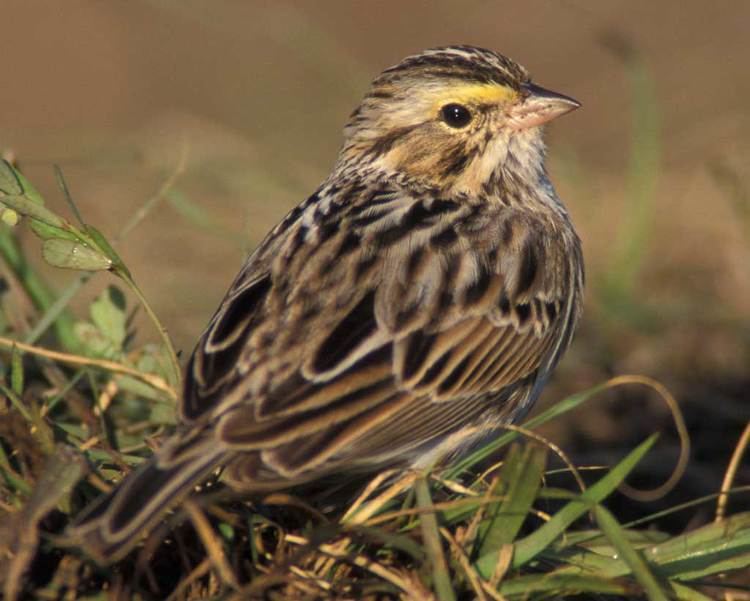 | ||
Genus PasserculusBonaparte, 1838 Similar Bird, Song sparrow, Chipping sparrow, Swamp sparrow, Lincoln's sparrow | ||
Savannah sparrow s song
The savannah sparrow (Passerculus sandwichensis) is a small American sparrow. It is the only widely accepted member of the genus Passerculus. Comparison of mtDNA NADH dehydrogenase subunit 2 and 3 sequences indicates that the Ipswich sparrow, formerly usually considered a valid species (as Passerculus princeps), is a well-marked subspecies of the Savannah sparrow, whereas the southwestern large-billed sparrow should be recognized as a distinct species (Passerculus rostratus).
Contents
- Savannah sparrow s song
- Savannah sparrow
- Distribution
- Description
- Behavior
- Systematics
- Savannah sparrows proper
- Ipswich sparrow
- Large billed sparrows
- References
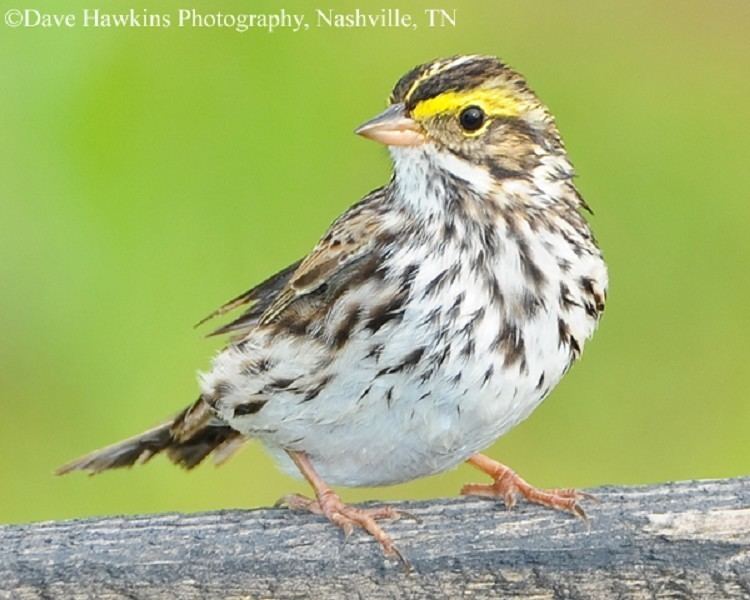
The common name comes from Savannah, Georgia, where one of the first specimens of this bird was collected.
Savannah sparrow
Distribution
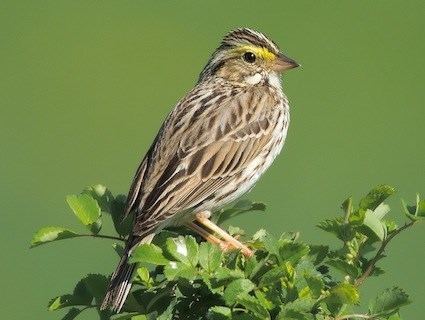
This passerine bird breeds in Alaska, Canada, northern, central and Pacific coastal United States, Mexico and Guatemala. The Pacific and Mexican breeders are resident, but other populations are migratory, wintering from the southern United States across Central America and the Caribbean to northern South America. It is a very rare vagrant to western Europe.
Description
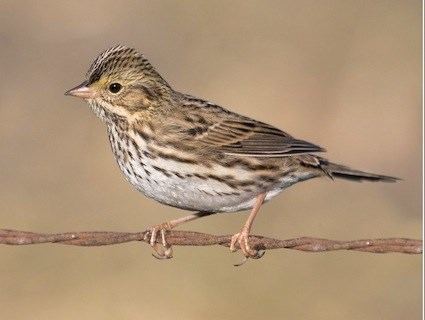
This species has a typically sparrow-like dark-streaked brown back, and whitish underparts with brown or blackish breast and flank streaking. It has whitish crown and supercilium stripes, sometimes with some yellow (more often near the beak). The cheeks are brown and the throat white. The flight feathers are blackish-brown with light brown or white border. The eyes are dark. The feet and legs are horn-colored, as is the lower part of the bill, with the upper part being dark grey.
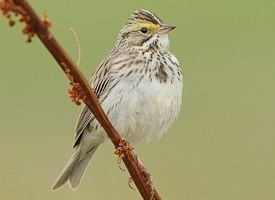
The Savannah sparrow is a very variable species, with numerous subspecies, several of which have been split as separate species at various times. The different forms vary principally in the darkness of the plumage. The variation generally follows Gloger's rule, with Alaskan and interior races the palest, and southwestern coastal forms the darkest. There are some exceptions, though, most conspicuously in some island populations that presumably were strongly affected by founder effects. The general pattern of variation has a fairly clear divide, southwest of which the birds become notably darker; this agrees quite well with the limit between P. sandwichensis and P. (s.) rostratus. Savannah sparrows show some variation in size across subspecies. The total length can range from 11 to 17 cm (4.3 to 6.7 in), wingspan ranges from 18 to 25 cm (7.1 to 9.8 in) and body mass from 15 to 29 g (0.53 to 1.02 oz). In the nominate subspecies, the body weight averages 20.1 g (0.71 oz).
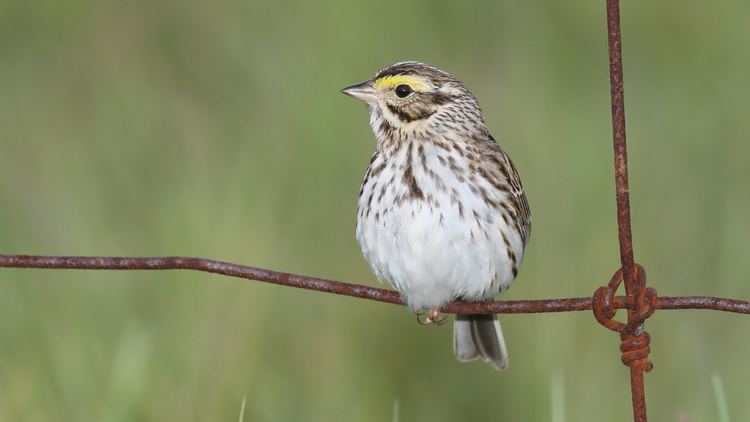
The Savannah sparrows proper (see below) are very similar, and migrant birds can not usually be related to a breeding population with certainty. The resident or partially migratory subspecies are well distinguishable by size and, particularly between groups, coloration.
Behavior
These birds forage on the ground or in low bushes; particularly in winter they are also found in grazed low-growth grassland. They mainly eat seeds, but also eat insects in the breeding season. They are typically encountered as pairs or family groups in the breeding season, and assemble in flocks for the winter migration. The flight call is a thin seep. Sensu lato, the Savannah sparrow is considered a threatened species by the IUCN. The song is mixture of chirps and trills.
Systematics
Seventeen subspecies (including the large-billed sparrows) are currently recognized, though many are only described from wintering birds and much of the variation seems to be clinal. Four additional subspecies are no longer generally accepted. The complex is usually divided into several groups:
Savannah sparrows proper
All are migratory; wintering ranges overlap widely.
P. s. wetmorei is a doubtful subspecies that may breed in the mountains of Guatemala. It is known from only five specimens, collected June 11–17, 1897, in Huehuetenango Department.
Ipswich sparrow
Some post-breeding dispersal. Formerly considered a distinct species.
Large-billed sparrows
The large-billed sparrows proper are two dark, large and strong-billed subspecies:
The Belding's (Savannah/large-billed) sparrows are all-year residents of salt marshes of the Californian Pacific coast. They are dark, rufous, and have rather long but not very hefty bills.
The San Benito (Savannah/large-billed) sparrow is a resident bird of the Islas San Benito off Baja California; a stray bird was observed on Cedros Island on April 21, 1906.
